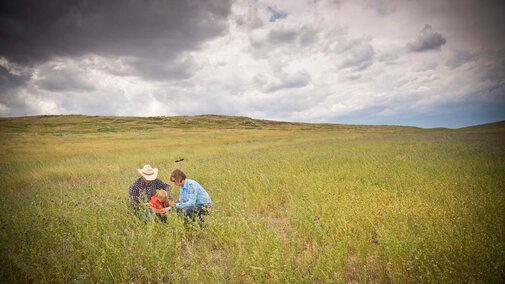There are numerous reasons for converting cropland to perennial grass pastures. Usually, lower commodity crop prices leading to reduced net return for cash crops is the main reason for an increase in the interest in converting cropland to perennial pasture. Another motive is to increase farm diversification in order to reduce financial risk. Recently, interest in reducing soil erosion on highly erodible land and increasing availability of grazing lands or hay to meet the high demand for feed resources have been reported. Steadily increasing pasture rental rates have also stimulated interest in converting cropland back into grass pastures.
However, establishment and maintenance of warm-season perennial grass pastures is expensive. There are four key points to remember during the planning and planting process for perennial grasses. First, even though seed cost is the highest-cost item, cheap seed may not be a bargain when it comes to establishing a good stand. It is important to purchase the best quality seed that is available. Secondly, it is critical to have a firm seedbed prior to planting. Thirdly, pay special attention to seeding depth. A calibrated drill that will place the seed between ¼- to ½-inch into a well-packed seedbed is necessary. Lastly, early weed control is critical to the long-term success of perennial grass plantings.
Continue this article on the Center for Agricultural Profitability.

